1. BB Liquidating Inc. (formerly Blockbuster)
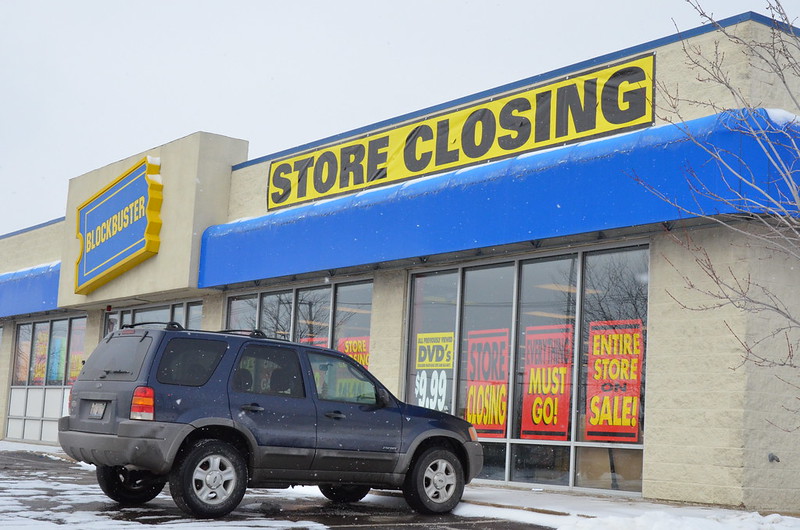
You might still spot BB Liquidating Inc. (BLIAQ) lurking on your OTC list, trading for fractions of a cent with almost zero volume—and for good reason. Despite that lone DVD shop in Bend, Oregon, the corporate parent has long since liquidated its media assets, leaving common shareholders at the back of an empty line. Holding BLIAQ is like clutching a museum ticket for a blockbuster that never opens. Over the past decade it’s never generated a dime of revenue, and any hope of a revival is as stale as a two-day-old pizza.
According to Bloomberg, it’s in the process of liquidating its remaining assets, meaning these shares no longer represent ownership in any viable business or brand. Without any operations or income, BLIAQ’s occasional price spikes are driven purely by speculative dust trading, not by fundamentals. For most investors, that translates to perpetual red ink and zero dividends ever flowing. Clinging to these shares in hopes of a turnaround is like hoarding relics for a theme park that’s permanently closed. With no management guidance and no realistic path to restoration, BLIAQ will continue to languish in the pink sheets—and it’s time you ejected this zombie from your portfolio.
2. J.C. Penney Company, Inc. (JCPNQ)

Remember the store where you swiped your moms’ coupons? J.C. Penney’s 2020 bankruptcy wiped out its equity—but the ghost shares still trade on OTC Pink as JCPNQ, worth pennies and effectively vapor. Any chatter about a turnaround is just wishful thinking; the reorganized company issued all-new shares, leaving old holders with nothing. It’s like holding an expired gift card for a mall that’s half-empty. Even the occasional microâ€rally in JCPNQ is driven purely by speculators chasing dust trades, not any real bricks-and-mortar revival.
Trading volume hovers near zero, so even if you wanted to dump your position, there’s almost no one on the other side of the trade. USA Today reveals that legacy shareholders have zero claim on the new J.C. Penney—a painful reminder that restructuring wiped out every last penny of the old equity. Cut this coupon out of your account before it just gathers more digital cobwebs.
3. Sears Holdings Corporation (SHLDQ)
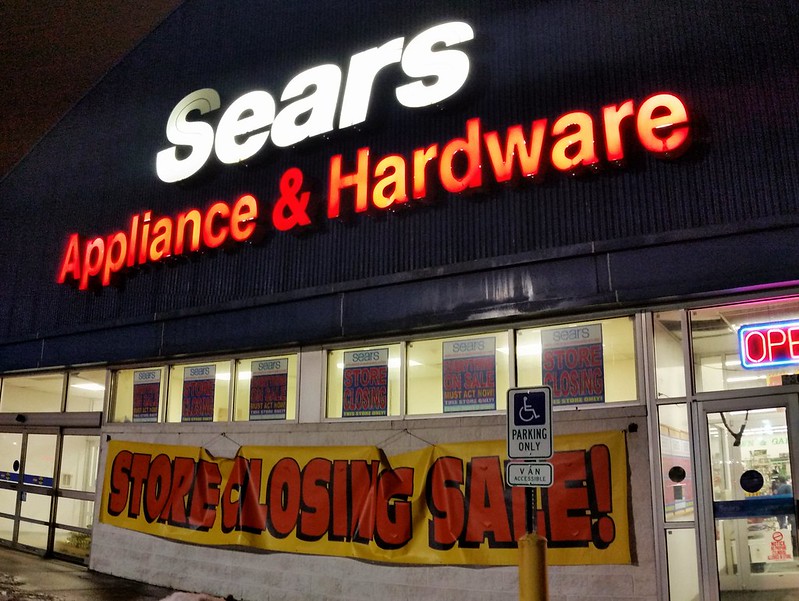
Once the Macy’s-killer, Sears filed Chapter 11 in 2018 and its common stock (SHLDQ) fell below a dime—and stayed there. With liabilities far outstripping any remaining real estate or brand value, common shareholders are last in line to see a penny back. Clinging to SHLDQ is like holding tickets to a play that’s closed indefinitely. Even a tiny rally in 2021 was driven purely by meme-stock mania, not fundamentals.
What little volume these shares do trade is dominated by bargain-hunters who forget seconds later why they bought in. According to an Investopia report, the only thing Sears still “owns” is a legacy of broken promises, dilapidated stores, and empty storefronts. Shareholders hoping for a phoenix-like rebirth will be waiting forever—this show’s over.
4. RadioShack Corporation (RSHCQ)
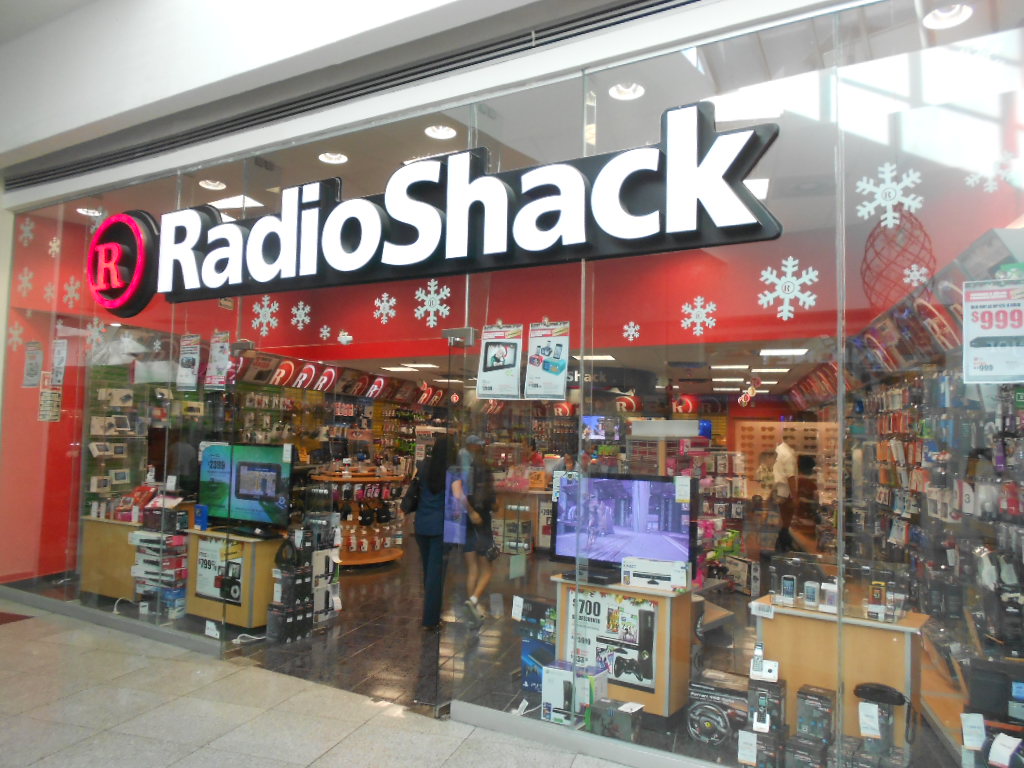
If you ever bought a TRS-80 or a set of overpriced cables from RadioShack, the shocker is the equity still trades as RSHCQ at sub-penny prices. After its 2015 bankruptcy, all shareholder value evaporated, and the brand survives only as an online franchising relic. Holding RSHCQ is like collecting obsolete hobby-shop tokens—nostalgic but utterly worthless.
The company’s balance sheet lists zero operating assets, and liquidity is non-existent. Attempts to relaunch the chain as a lean e-commerce vendor have repeatedly stumbled, leaving the ticker as lifeless as the original stores. A Forbes article chronicled the final store closures and confirmed that creditors, not shareholders, walked away with whatever scraps remained. Let it go—and maybe pick up a Bluetooth speaker instead.
5. Toys “R” Us, Inc. (TOYRQ)
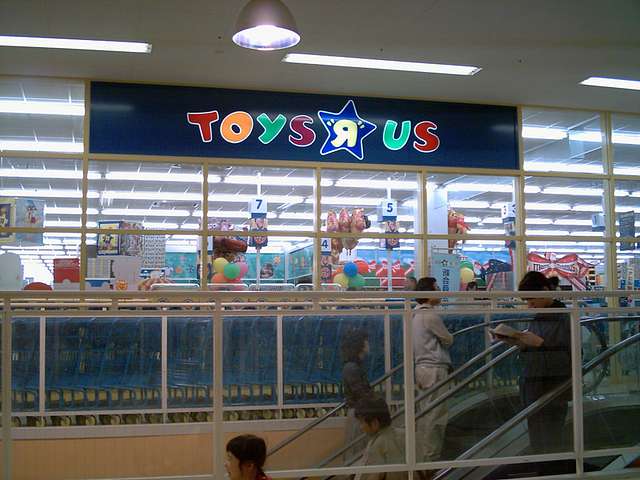
Every now and then you’ll catch TOYRQ on your statement, trading for sub-penny odds—yet the venerable toy chain liquidated in 2018 and equity holders got zilch. Even nostalgic pop-up stores in malls can’t resurrect the corporate shell, which has no assets, revenue, or brand-licensing rights. If you’re still holding, it’s like storing birthday candles for a cake that’s already been eaten.
The company’s SEC filings confirm there’s nothing left for common holders after creditors and landlords take their cut. Occasional spikes in TOYRQ are pure pump-and-dump dust, not real interest in reviving U-boats or Cabbage Patch Kids. The Atlantic makes it clear that legacy shareholders are permanently out of the gift-giving game. Time to clean out that toy chest.
6. Hertz Global Holdings (HTZGQ)
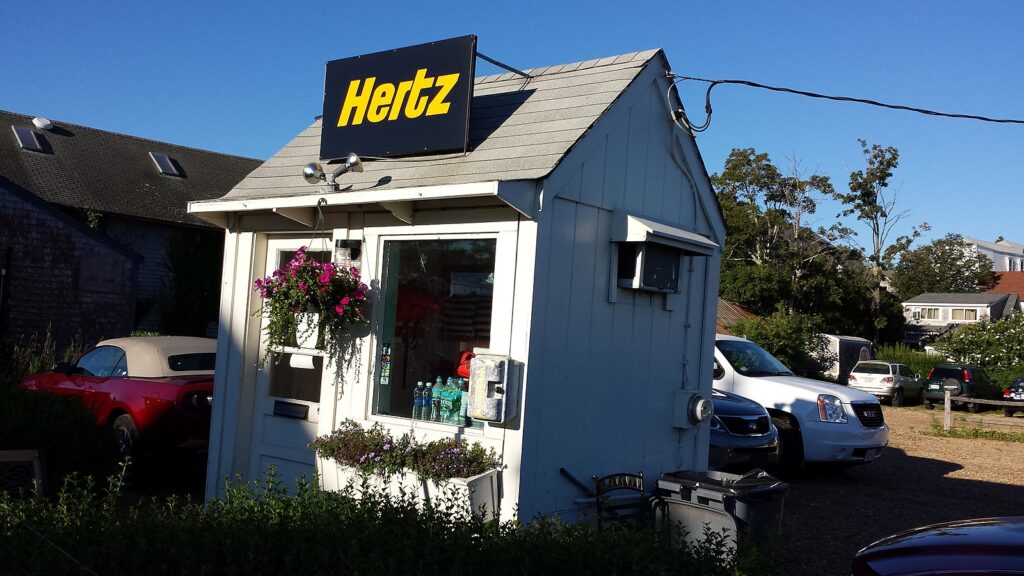
You may remember Hertz as that car-rental standby—until its 2020 bankruptcy vanished old shareholders from the lineup. The pre-bankruptcy shares (HTZGQ) still trade OTC, but they no longer represent any stake in the reinvented Hertz nameplate. They’re more like collectible mileage points you’ll never redeem. A look at post-reorganization disclosures shows zero entitlement for these old ticketholders.
Those HTZGQ shares carry no legal right to the restarted fleet and freshly issued stock . In practice, OTC brokers treat HTZGQ as an untradeable artifact, listing bidâ€ask spreads so wide they might as well be imaginary. Investors holding these shares have watched their portfolio value get artificially inflated by a ghost line item that contributes nothing. Some brokerage firms have even delisted the ticker from their platforms due to zero interest, a tacit admission of its uselessness. Brokers often notify holders that any potential recovery is several layers of claims down, making reclamation virtually impossible.
7. Kmart (SBC Interpaq)
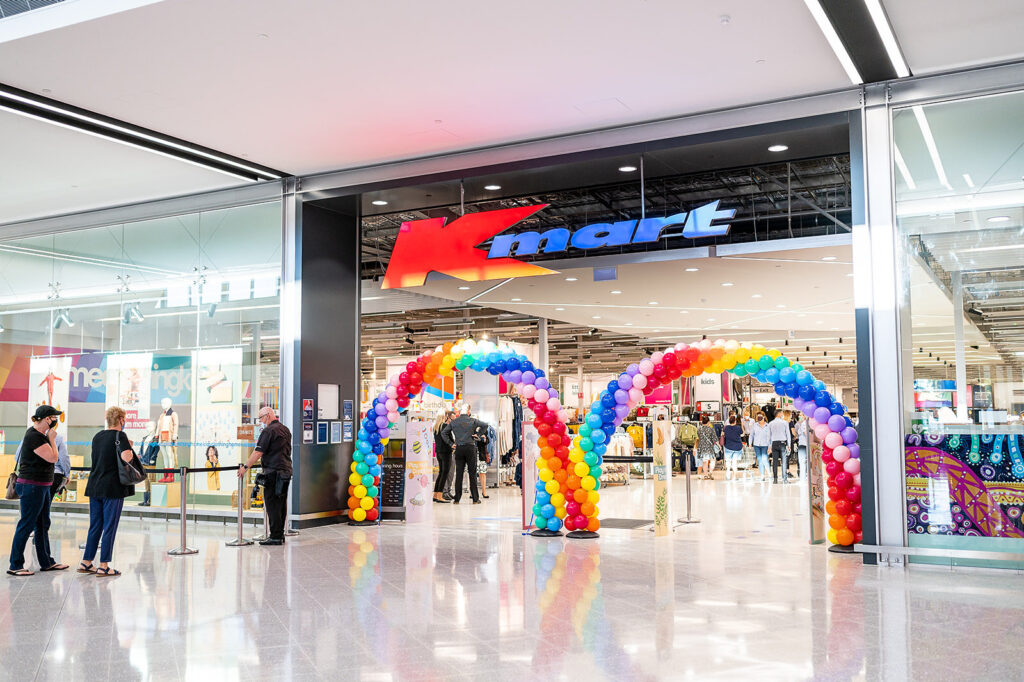
Kmart was once the discount department-store challenger to Walmart and Sears alike, boasting aisles of bargain finds that kept shoppers coming back. After filing for Chapter 11 in 2002 and slipping under again in 2018, its old shareholders were wiped out and the remaining shell stopped trading on major exchanges. Yet if you scroll through dusty brokerage statements, you might find shares of “SBC Interpaq”—a corporate hinterland that used to be Kmart’s holding company.
These shares have no economic value and no claim on the remaining retail assets, which are long gone or rebranded. Holding them is like wearing sneakers from a shoe store that closed its doors years ago. Occasional dust trades might register a tick in your account, but they’re driven by bored speculators treating Kmart as a meme. There is no dividend, no buyout potential, and no management team steering this ship. If you’re still hanging on to those post-bankruptcy scraps, you’re basically clutching a ghost of retail past. It’s time to purge that position and free up space for an investment that can actually run a race. Except in the world of financial archaeology, Kmart’s old IP belongs in a museum, not your portfolio.
8. Circuit City (CCTYQ)
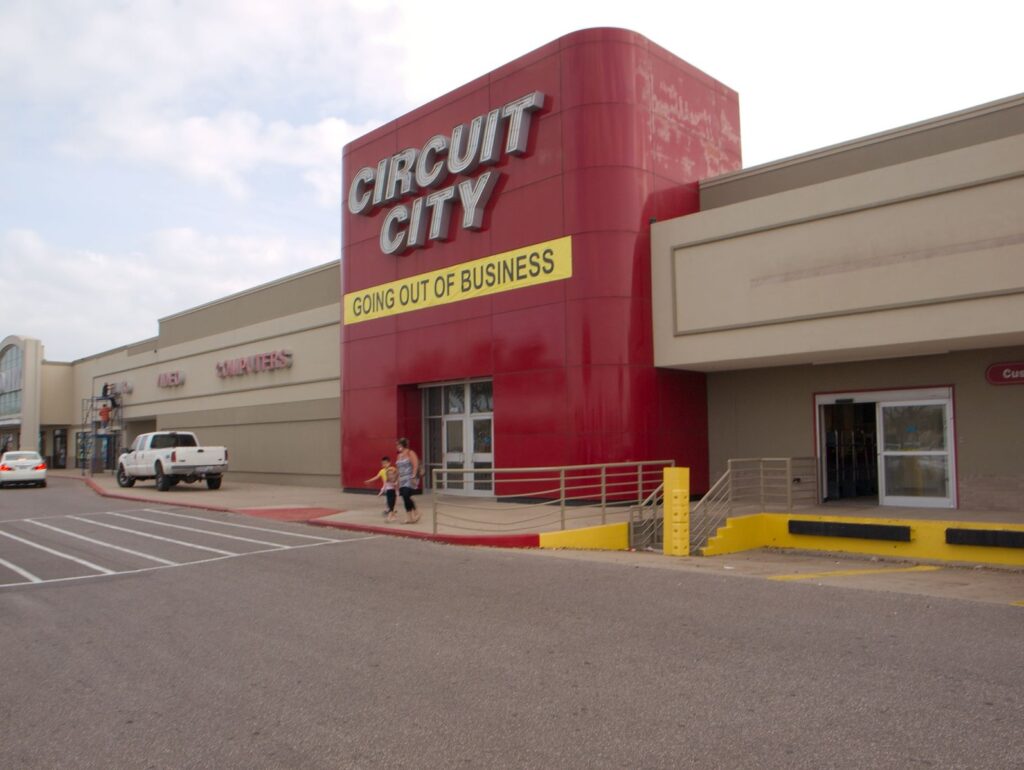
Circuit City once lit up our holiday shopping with tower speakers and sleek desktop PCs galore. Come 2009, however, the chain collapsed under competition from Best Buy and online retailers, liquidated every store, and sent common equity to zero. Yet your broker might still show “CCTYQ” tickers trading at fractions of a cent on the pink sheets. Those trades amount to nothing more than digital flotsam—no assets behind them, no operations, no future. Holding CCTYQ is like hoarding VHS tapes to sell in 2030: charmingly nostalgic but completely impractical.
Occasionally you’ll see a spike in volume, but that’s just day traders hunting memes on firm “could it?” theories. The company’s real estate was sold years ago, and no brand revival ever materialized despite endless rumors. If you’re clutching these shares, you’re effectively tethered to a payphone in a smartphone world. Time to drop the handset and reconnect with something that actually rings true. Circuit City is a relic; your portfolio deserves living, breathing holdings.
9. Borders Group (BGPIQ)

Borders was the haven for bookworms craving giant stacks of novels, encyclopedias, and box sets—until e-commerce and e-readers rewrote the script. By 2011, Borders had shuttered every store, liquidated its inventory, and left shareholders empty-handed. Yet “BGPIQ” share lines still haunt some trading platforms as a penny-stock ghost. Those tokens don’t entitle you to a single audiobook or coffee at a café; they’re just ticker-symbol clutter.
Holding onto them is like trying to cash in on a library card that expired a decade ago. A handful of dust trades may flash in your activity feed, driven by punters testing the waters of penny shells. There’s no operational business plan, no licensed brand, and no management to petition for restitution. If you’re still carrying BGPIQ, you’re effectively cataloging a bankrupt business instead of investing. Clear it out, and leave Borders in a “Do Not Resuscitate” file. Your balance sheet will thank you for the extra breathing room.
10. KB Toys (KBTYQ)

KB Toys was every kid’s paradise for action figures, board games, and that one impossibly elusive toy on the top shelf. The company declared bankruptcy in 2004 and again in 2008, closing every store and wiping out common equity. A tiny ticker symbol—KBTYQ—may still flicker on OTC screens, but it represents only a vaporous promise, not a single plush teddy bear. Holding these shares is like hanging onto a train ticket for a line that was decommissioned years ago.
What volume exists is the echo of rumor-monger chatter, not legitimate interest in toy retail’s revival. There’s no licensing deal, no pop-up stores, no dust-dirty aisles to reclaim. If you’re still clinging to KBTYQ, you’re essentially play-pretending with your capital. Time to close the toy box and move on to assets that actually play nicely. KB Toys lives on in memory; your portfolio deserves something more tangible.
11. Linens ’n Things (LINNGQ)
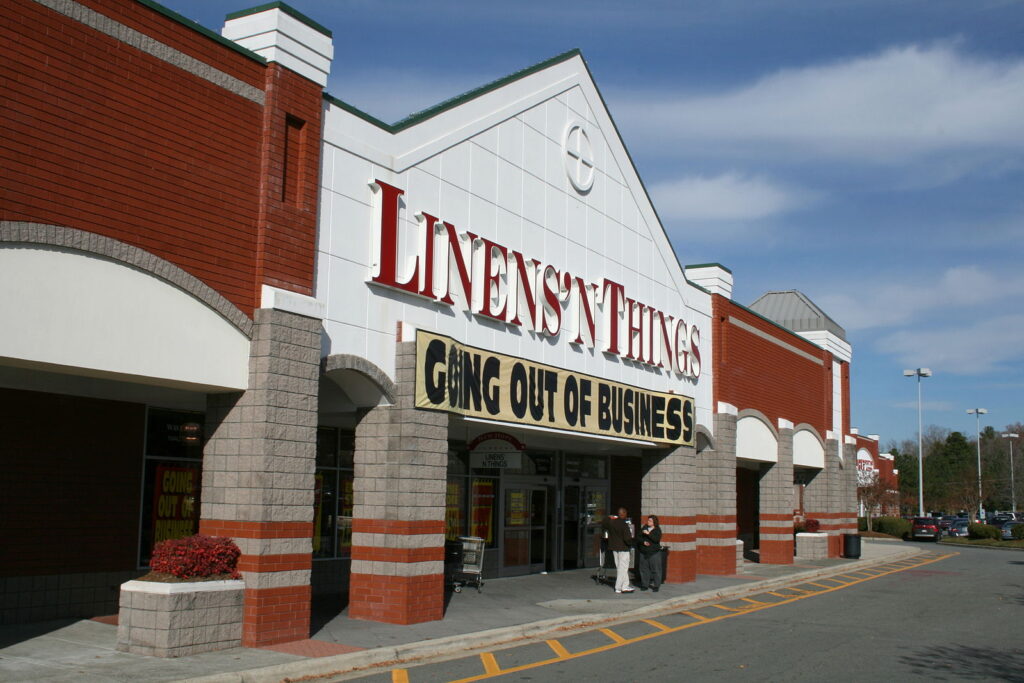
If you once outfitted your home with plush towels and designer sheets from Linens ’n Things, you might be surprised to find “LINNGQ” shares in your brokerage’s OTC listings. After filing for Chapter 11 in 2008, Linens ’n Things liquidated every store and left common shareholders with nothing. Those leftover shares have zero claim on any bedding, bath accessories, or dream-catcher décor. Holding them is like booking a vacation at a resort that burned down.
Occasional penny bursts in LINNGQ’s price chart stem from speculative noise, not a resurgence of home-textiles glory. There’s no operating business, no brand revival, and certainly no cozy duvet waiting to be resold. If you’re still holding, you’re essentially carrying an empty duvet cover, hoping it turns into a comforter. Let it go and tuck your capital into ventures that actually keep you warm. Linens ’n Things belongs in home-décor history, not in your account.
12. Sports Authority (SPTYQ)

Sports Authority once laced our sneakers and stocked our basketballs, dominating the sporting-goods scene until stores closed in 2016. Although the brand was resurrected briefly online, the corporate entity that issued common shares went bankrupt and wiped out equity investors. Yet textbooks on penny stocks will note a ticker—SPTYQ—languishing on the OTC market. These shares have no claim to stadium gear or fan jerseys; they’re digital artifacts of a defunct chapter in sports retail.
Holding them is like keeping a ticket stub for a game that ended years ago. A trickle of periodic trades might ping your statement, but that’s pure speculation, not an operational comeback. No CEO, no board, no locker rooms—only the phantom of a once-great chain. If SPTYQ is still gathering dust in your holdings, you’ve got deadweight that’s holding you back. Time to bench this position and hit the play button on active investments.
13. Payless ShoeSource (PSSQ)
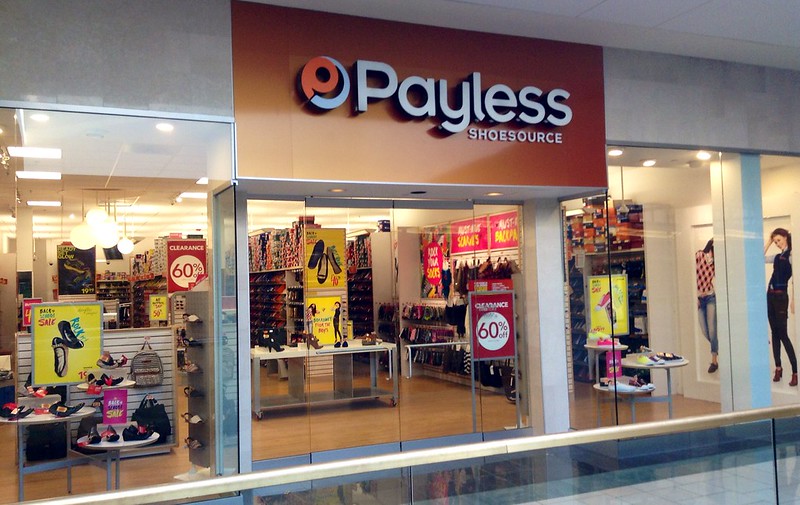
Payless ShoeSource was the go-to for affordable footwear at mall kiosks and strip centers, until 2019 when its final bankruptcy closed the last shoe box. Yet “PSSQ” shares can still be found trading for pennies on the OTC markets, despite having no operating stores or brand rights in the real world. Holding them is like expecting to tap your card at a checkout line long after the register’s unplugged. Brief bursts of trading volume are just day-trader daredevils testing dusty shells.
There’s no inventory, no store leases, and no fashionable comeback on the horizon. If you cling to PSSQ, you’re effectively stuck wearing shoes from a shop that no longer exists. Corporate filings confirm that common equity was extinguished in restructuring, leaving nothing behind. Your statement may show a position, but it’s akin to a museum artifact, not an asset. Slip out of these shares and step into something that can actually support your portfolio.
14. American Apparel (APPQ)
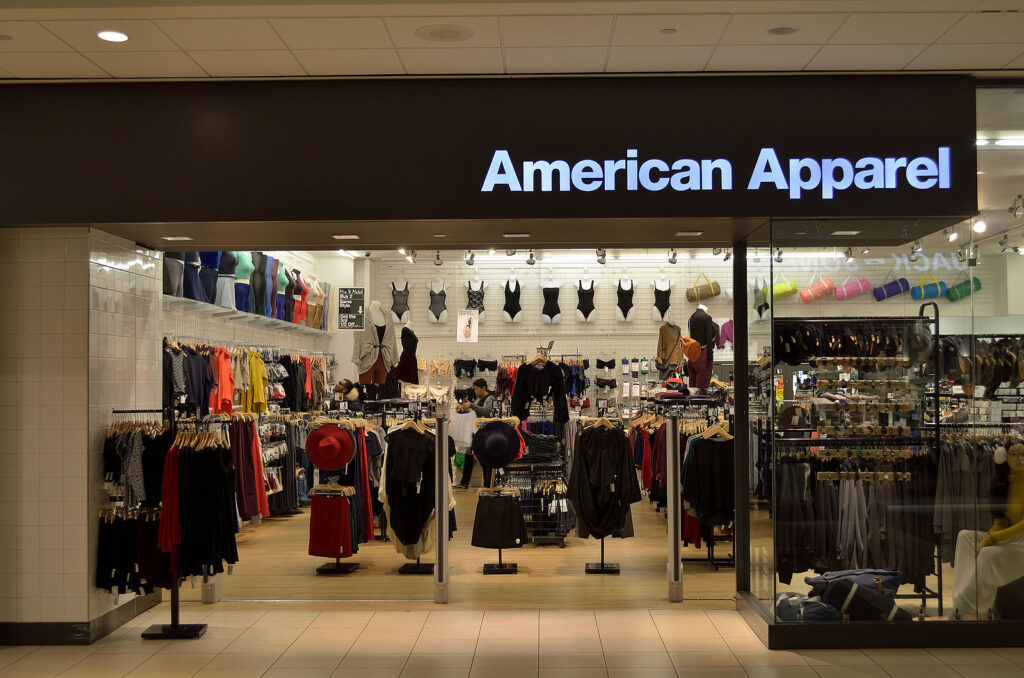
American Apparel once stood out for its Made-in-USA basics and provocative ads—but multiple bankruptcies in 2015 and 2016 killed its common stock. Still, “APPQ” trades quietly on pink sheets, a testament to a brand that fizzled out despite a cult following. Those shares give you no say in any current clothing lines or retail partnerships, and no dividends will ever arrive in your bank account.
Holding them is like wearing a vintage logo tee from a label that changed its name and owner twice over. Occasional sparkles of trading activity are just penny-stock flickers, not signals of a retail renaissance. The company’s trademarks were sold off, and modern grocers now stock basic tees under different names. If you’re still holding APPQ, you’re perpetually stuck in a cycle of yesterday’s fashion. Time to donate these shares to charity and invest in brands that still fit. American Apparel lives on in closets, not in your trading history.
This article is for informational purposes only and should not be construed as financial advice. Consult a financial professional before making investment or other financial decisions. The author and publisher make no warranties of any kind.







